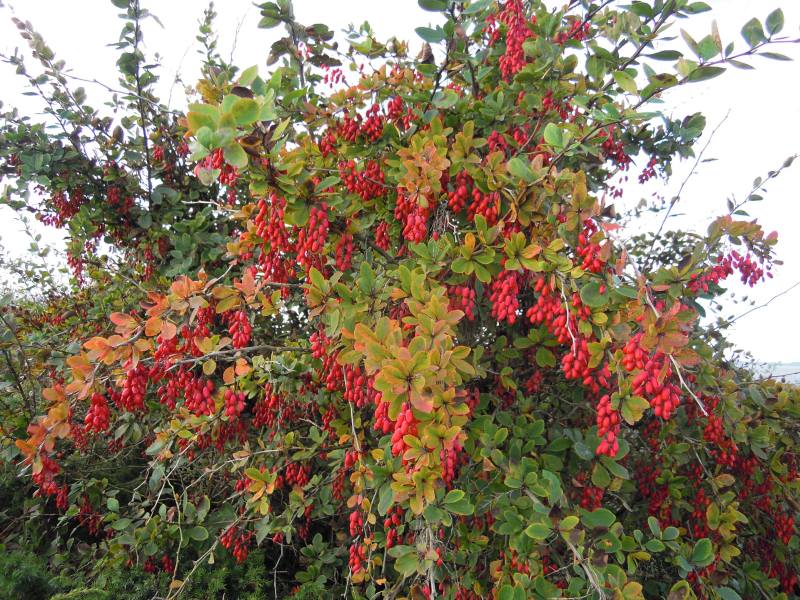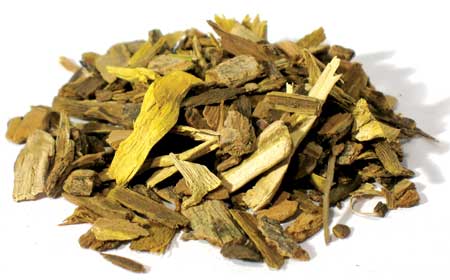- Gall bladder disease, with
Fringe tree
Bark and
Veronicastrum.
[1] British Herbal Pharmacopoeia 1983 Published by the British Herbal Medicine
Association ISBN 0 903032 07 4.
[2] Herbal Materia Medica Course Notes For Diploma of Naturopathy and Diploma
of Herbalism Students by Lydia Mottram.
[3] Potter's New Cyclopaedia of Botanical Drugs and Preparations R.C. Wren
Revised by Elizabeth M. Williamson and Fred J Evans. First published in Great
Britain in 1988 and reprinted in 1989 and 1994 by the C. W. Daniel Company Limited.
1 Church Path, Saffron Walden Essex. Published 1988 Printed and bound by Biddles,
Guildford ISBN 085207 1973.
Images
1.
en.wikipedia.org
by Arnstein Rønning CC BY-SA 3.0
2.
vinyasavita.com Berberis
vulgaris. B. dumetorum Common Barberry
Family: Berberidaceae
Berberis
vulgaris. B. dumetorum Common Barberry
Family: Berberidaceae
